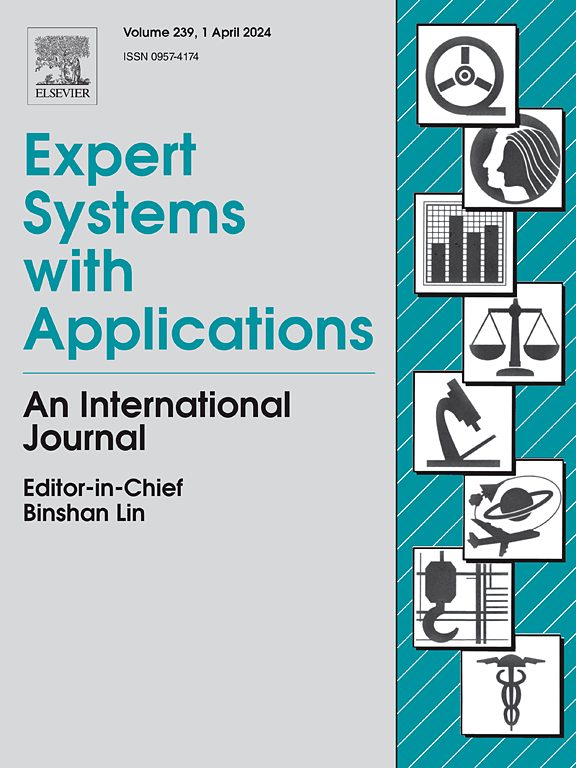Modeling lane-changing spatiotemporal features based on the driving behavior generation mechanism of human drivers
IF 7.5
1区 计算机科学
Q1 COMPUTER SCIENCE, ARTIFICIAL INTELLIGENCE
引用次数: 0
Abstract
Accurate lane-changing (LC) modeling is important to realizing human-like LC in intelligent vehicles (IVs). The LC behavior of human drivers is often determined by LC spatiotemporal features such as the target lane, LC starting point, duration, target position and velocity. Therefore, to accurately reproduce the LC behaviors of drivers, this paper proposes an LC spatiotemporal feature model (LSFM) based on the driving behavior generation mechanism. First, we consider the generation of LC behaviors of human drivers as a Markov decision process and establish the framework of the LSFM by semantically deconstructing the LC behavior generation mechanism. Then, the cognitive and behavioral characteristics of drivers are described through human-like reward functions. Furthermore, the selection of actions of the LSFM is converted to the selection of LC spatiotemporal features by establishing the expected trajectory space according to spatiotemporal features. The expected trajectory space is resized and pruned based on statistics and safety constraints. Thus, the sampling efficiency and safety of the LSFM are improved. Finally, the human-like reward function weights are recovered from High D by maximum entropy inverse reinforcement learning. In addition, the LSFM divides LC into anticipation and relaxation, for which it designs different reward functions and expected trajectory spaces, which further improves the modeling accuracy. The verification results on the naturalistic driving data show that the LSFM can more accurately model LC spatiotemporal features than current models, and it has good generalizability to provide important support for human-like LC in IVs.
基于人类驾驶员驾驶行为生成机制的变道时空特征建模
准确的变道建模是实现智能汽车类人变道的关键。人类驾驶员的LC行为通常由目标车道、LC起点、持续时间、目标位置和速度等LC时空特征决定。因此,为了准确再现驾驶员的LC行为,本文提出了一种基于驾驶行为生成机制的LC时空特征模型(LSFM)。首先,我们将人类驾驶员LC行为的生成视为一个马尔可夫决策过程,并通过语义解构LC行为生成机制,建立了LSFM的框架。然后,通过类人奖励函数描述驾驶员的认知和行为特征。根据时空特征建立期望轨迹空间,将LSFM的动作选择转化为LC时空特征的选择。根据统计和安全约束调整预期轨迹空间的大小和修剪。从而提高了LSFM的采样效率和安全性。最后,通过最大熵逆强化学习从High D中恢复类人奖励函数权重。此外,LSFM将LC划分为预期和放松两类,并设计了不同的奖励函数和期望轨迹空间,进一步提高了建模精度。在自然驾驶数据上的验证结果表明,LSFM比现有模型能更准确地模拟LC时空特征,具有良好的泛化性,为仿人LC在IVs中的应用提供了重要支持。
本文章由计算机程序翻译,如有差异,请以英文原文为准。
求助全文
约1分钟内获得全文
求助全文
来源期刊

Expert Systems with Applications
工程技术-工程:电子与电气
CiteScore
13.80
自引率
10.60%
发文量
2045
审稿时长
8.7 months
期刊介绍:
Expert Systems With Applications is an international journal dedicated to the exchange of information on expert and intelligent systems used globally in industry, government, and universities. The journal emphasizes original papers covering the design, development, testing, implementation, and management of these systems, offering practical guidelines. It spans various sectors such as finance, engineering, marketing, law, project management, information management, medicine, and more. The journal also welcomes papers on multi-agent systems, knowledge management, neural networks, knowledge discovery, data mining, and other related areas, excluding applications to military/defense systems.
 求助内容:
求助内容: 应助结果提醒方式:
应助结果提醒方式:


